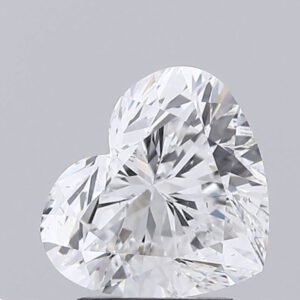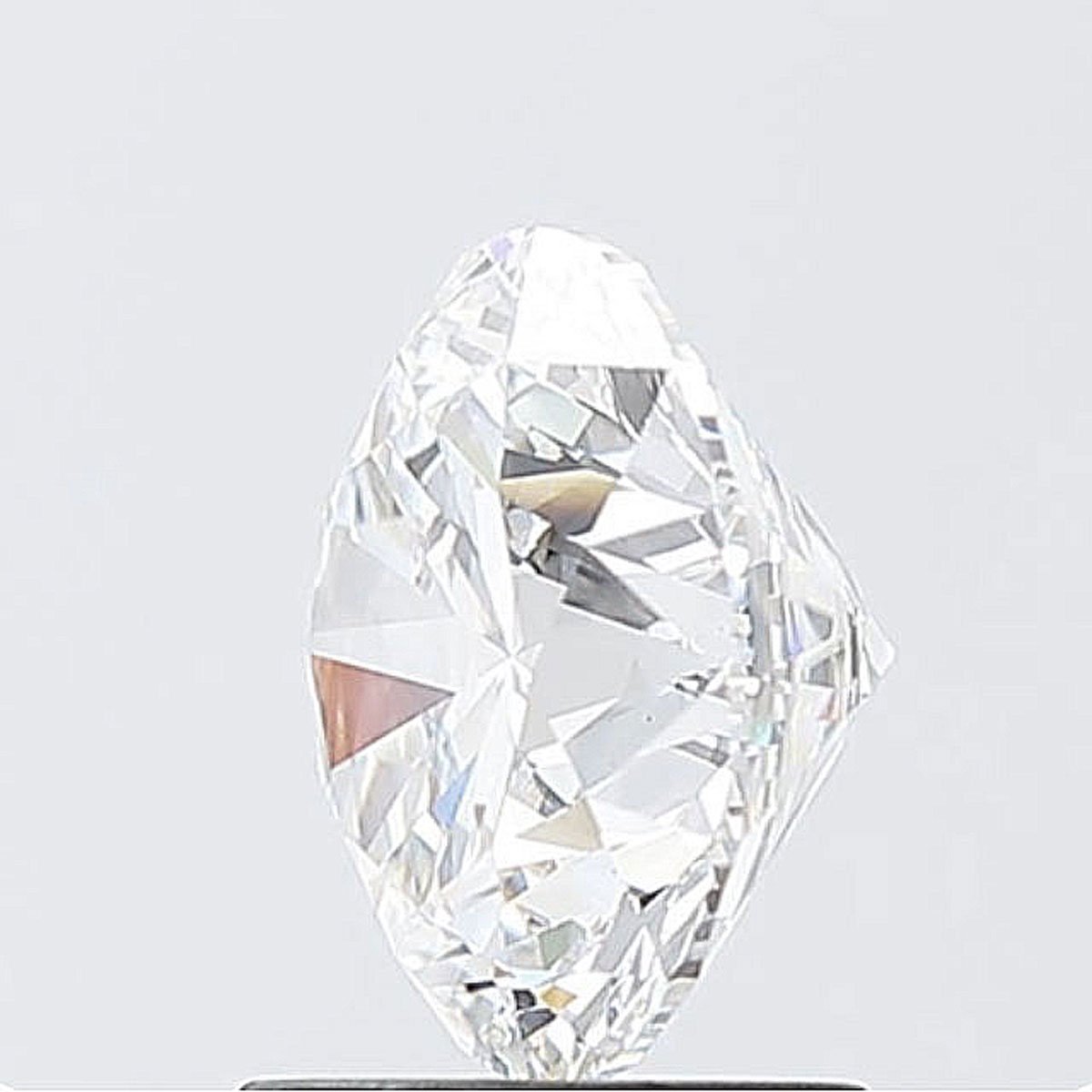
Lab Grown Diamond Manufacturing Process, Certified Lab Grown Diamond Dealer in India
INTRODUCTION
Lab grown diamonds are the same as natural diamonds, except they’re created in a lab. The process of creating lab-grown diamonds begins with carbon atoms and then, using heat and pressure, these atoms form into a diamond. The manufacturing process is extremely similar to that of naturally occurring diamonds, but rather than being formed under extreme environmental conditions, these are created in a manmade environment. Due to their properties and qualities, lab grown diamonds are considered substitute products for natural ones. Lab-grown diamonds have been around since the 1950s so you may be wondering what all the hype is about? Well there are many reasons why they are becoming increasingly popular, including their cost effectiveness and ethical considerations when compared to mined stones.”
with carbon atoms and then, using heat and pressure, these atoms form into a diamond. The manufacturing process is extremely similar to that of naturally occurring diamonds, but rather than being formed under extreme environmental conditions, these are created in a manmade environment. Due to their properties and qualities, lab grown diamonds are considered substitute products for natural ones. Lab-grown diamonds have been around since the 1950s so you may be wondering what all the hype is about? Well there are many reasons why they are becoming increasingly popular, including their cost effectiveness and ethical considerations when compared to mined stones.”
Lab grown diamonds are the same as natural diamonds, except they’re created in a lab.
Lab grown diamonds are the same as natural diamonds, except they’re created in a lab. They’re not synthetic; they’re not cubic zirconia or moissanite or synthetic moissanite.
Lab-grown diamonds are real diamonds, just like the ones found deep underground and mined by humans over thousands of years ago. Lab-grown diamonds have many benefits over mined stones: they’re more environmentally friendly (no mining necessary), they cost less than their mined counterparts, and they look exactly like natural ones!
The process of creating lab-grown  diamonds begins with carbon atoms and then, using heat and pressure, these atoms form into a diamond.
diamonds begins with carbon atoms and then, using heat and pressure, these atoms form into a diamond.
The process of creating lab-grown diamonds begins with carbon atoms and then, using heat and pressure, these atoms form into a diamond. The process is a lot like the one used to create synthetic rubies. It’s also similar to the one used to create synthetic sapphires but different from how synthetic emeralds are made.
The manufacturing process is extremely similar to that of naturally occurring diamonds, but rather than being formed under extreme environmental conditions, these are created in a manmade environment.
The manufacturing process is extremely similar to that of naturally occurring diamonds, but rather than being formed under extreme environmental conditions, these are created in a manmade environment.
The process of creating lab-grown diamonds begins with carbon atoms that are heated and compressed under high pressure until they form into a diamond. This can be done using many different methods depending on the quality and size of the stone desired by the customer.
Due to their properties and qualities, lab grown diamonds are considered substitute products for natural ones.
Lab-grown diamonds are chemically and physically identical to natural ones. The only difference is that they’re grown in a lab instead of mined from the earth. This means that you can get the same quality diamond at a lower price point than you would with a natural diamond, which makes them an excellent choice for anyone looking for an engagement ring or other jewelry piece.
Lab-grown diamonds have been around for about 20 years now, but they’ve been gaining popularity over time due to their increased availability and affordability compared with natural diamonds.
Lab-grown diamonds have been around since the 1950s so you may be wondering what all the hype is about? Well there are many reasons why they are becoming increasingly popular, including their cost effectiveness and ethical considerations when compared to mined stones.
If you’re wondering why lab-grown diamonds are becoming increasingly popular, there are many reasons. One of the most prominent is their ethical considerations when compared to mined stones. Lab-grown diamonds do not require any harm or destruction of nature and can be created in a controlled environment with zero environmental impact. They are also significantly cheaper than natural diamonds, making them an attractive option for those looking for an affordable engagement ring or wedding band.
considerations when compared to mined stones. Lab-grown diamonds do not require any harm or destruction of nature and can be created in a controlled environment with zero environmental impact. They are also significantly cheaper than natural diamonds, making them an attractive option for those looking for an affordable engagement ring or wedding band.
Lab-grown diamonds are also more durable than mined ones because they don’t contain any impurities that would make them vulnerable to damage over time–they also resist heat better than natural gems! This makes them ideal for everyday wear because it means less maintenance required on your part (you don’t have to clean them as often). Additionally, these synthetic stones come in many different shapes and sizes so there’s something out there whether you’re looking for something classic or modernistic.
They’re ethically produced because they don’t involve harming animals or destroying wildlife while they’re being made. In fact most companies will guarantee that their products have not come from any animal cruelty whatsoever!
 Ethically produced because they don’t involve harming animals or destroying wildlife while they’re being made. In fact most companies will guarantee that their products have not come from any animal cruelty whatsoever!
Ethically produced because they don’t involve harming animals or destroying wildlife while they’re being made. In fact most companies will guarantee that their products have not come from any animal cruelty whatsoever!
The process of making lab-grown diamonds is exactly the same as it would be for natural ones, but you can be sure that no animals were harmed in the process!
Lab grown diamonds look just like natural ones but at a fraction of the cost
Lab-grown diamonds are a great alternative to mined diamonds. They’re also a great choice for people who are on a budget or want to buy ethically. This is because they cost much less than natural diamonds, but they look just like them.
Lab-created gems aren’t the same as synthetic stones though; they’re more environmentally friendly and ethically produced than their synthetic counterparts, which are created in labs using high pressure and temperature (HPHT) methods.
Conclusion
Lab grown diamonds are the perfect option for someone looking for a diamond engagement ring or even just an everyday accessory. They’re ethically produced and don’t involve harming animals or destroying wildlife while they’re being made. In fact most companies will guarantee that their products have not come from any animal cruelty whatsoever!


